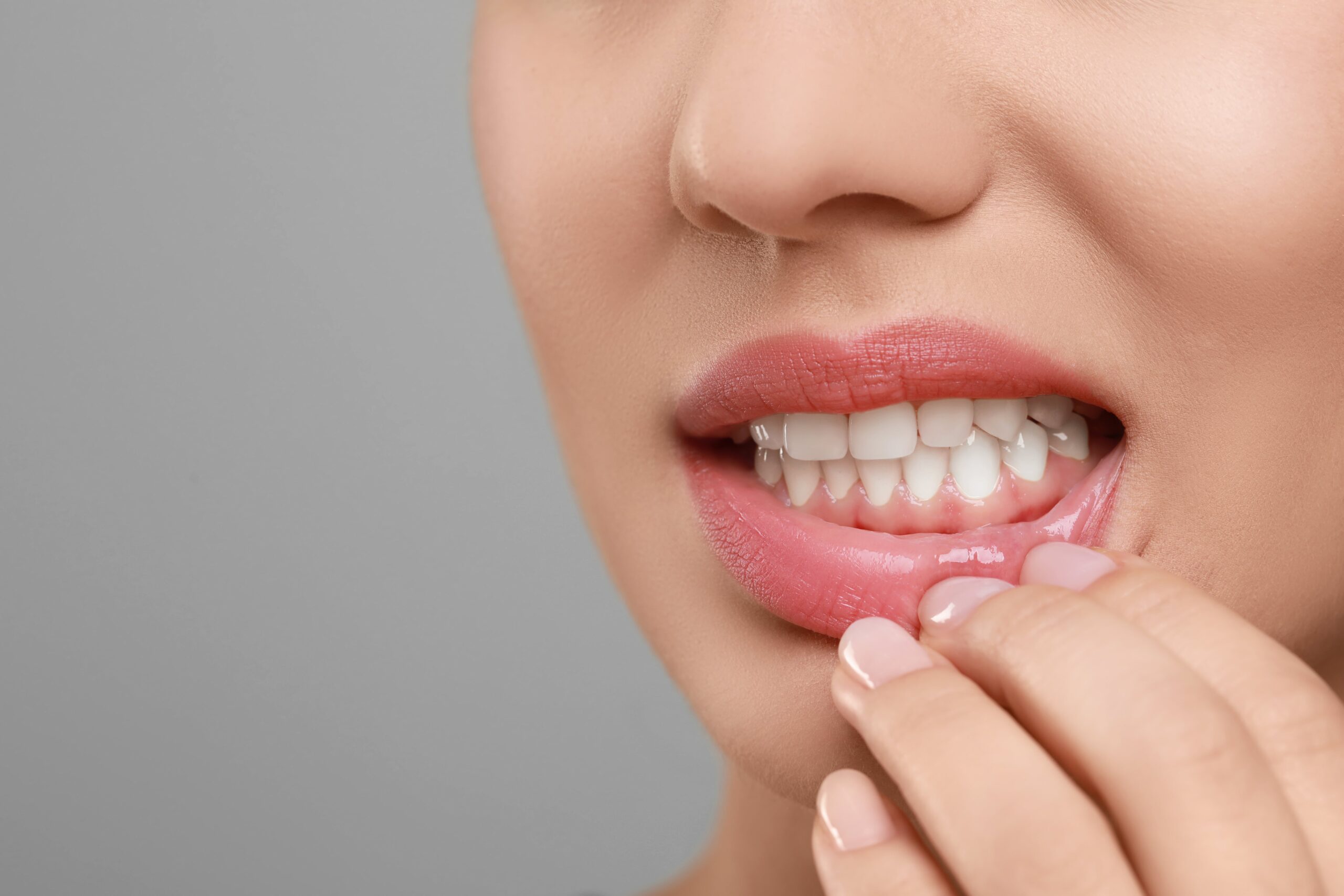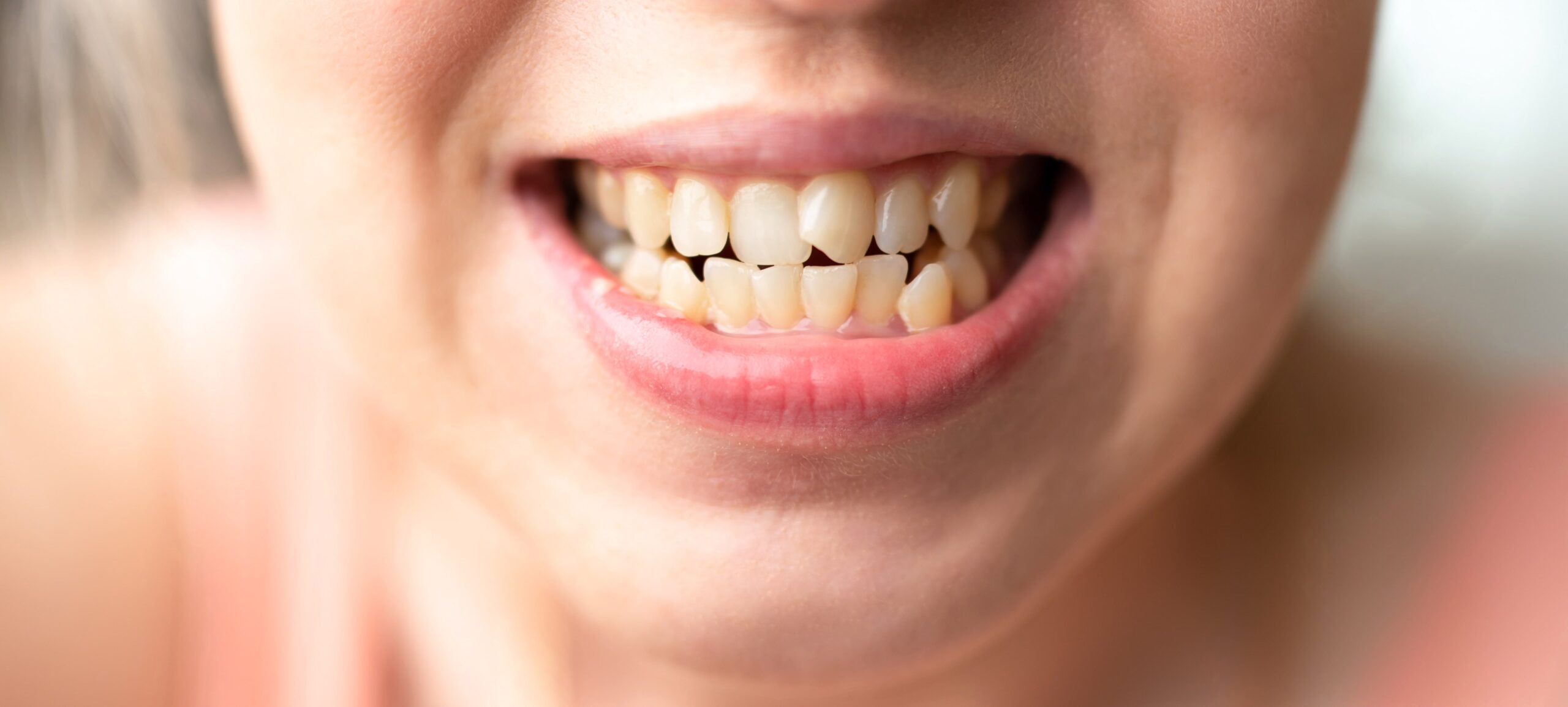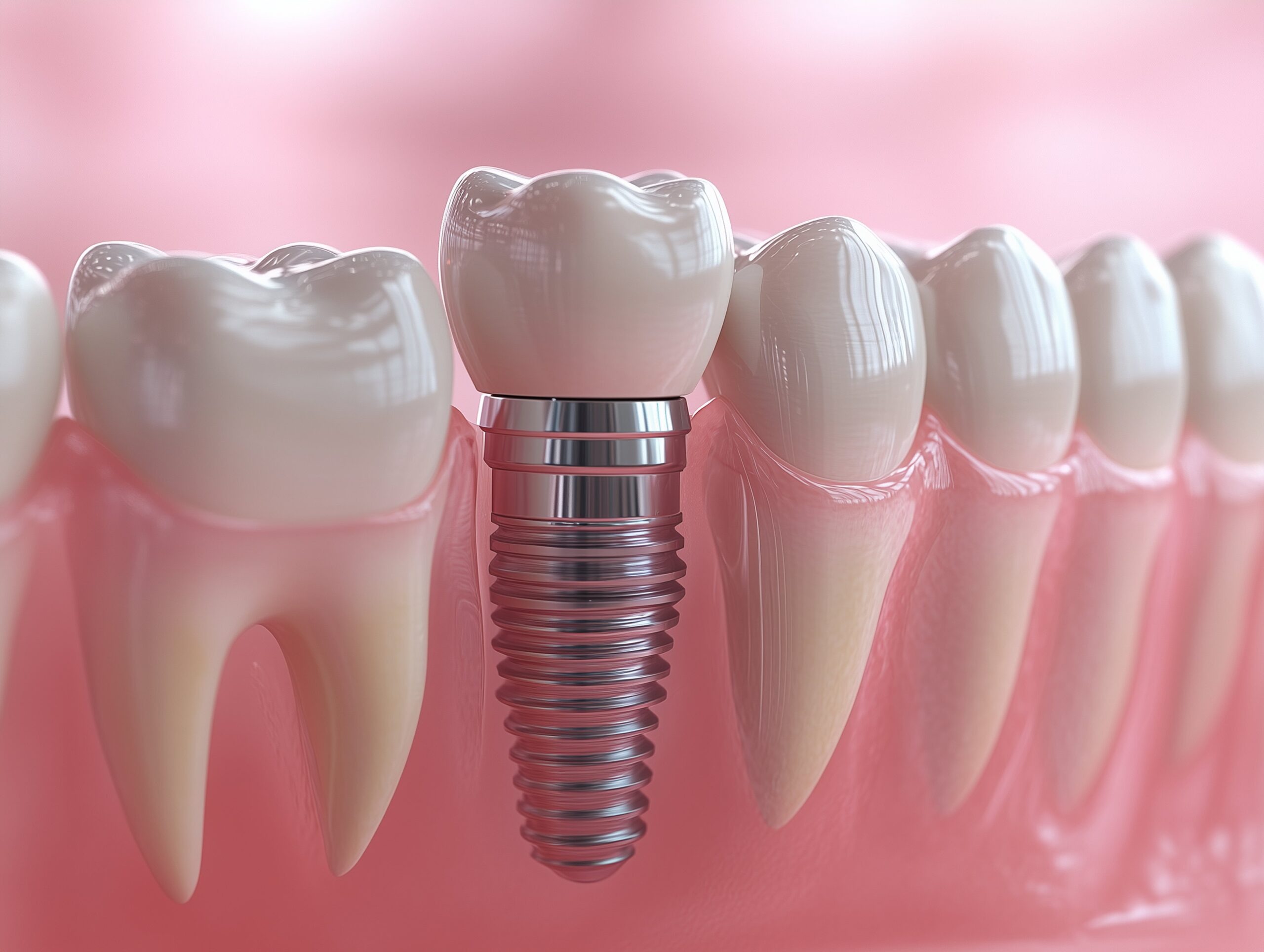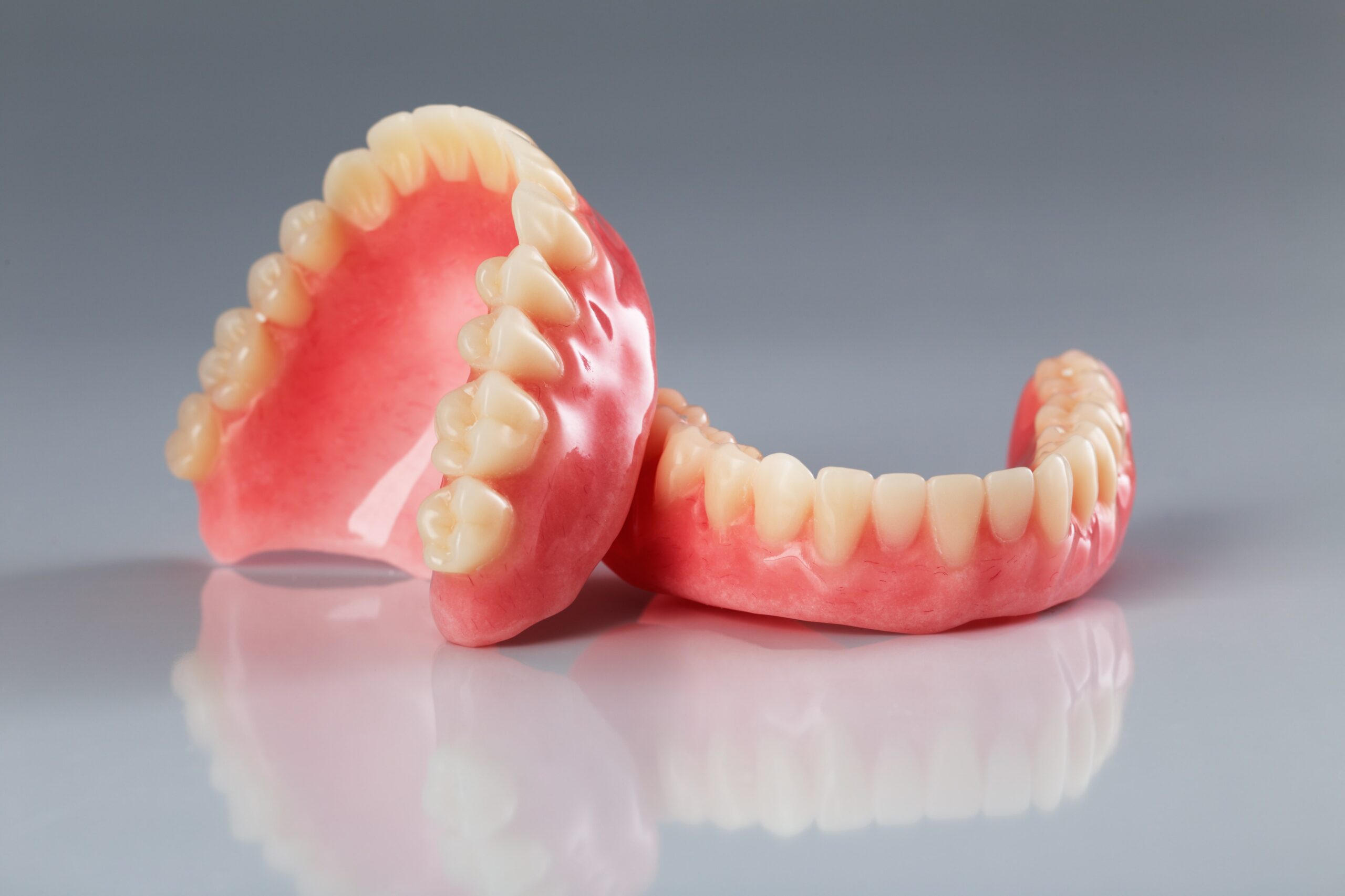Dental Bridges in Murrieta
It is important to understand that replacing a missing tooth is not just about looks. After losing a tooth, the surrounding teeth can shift out of place & it may become difficult for you to bite, chew & speak. The resulting bone shifting can even affect your overall facial structure.
Replacing missing or rotten teeth is essential to keeping your mouth healthy in the long run. A missing tooth can cause more trouble than just an unsightly gap in your smile. Tooth loss can cause your remaining teeth to shift around the gap, changing the alignment of your smile & even causing changes in your facial aesthetics.

What Is A Dental Bridge?
Dental bridges are designed to replace a missing tooth & to stabilize the teeth on either side of the gap. There are few types of bridges available, but in most cases, bridges consist of a fake tooth (known as a pontic) that is supported by one or more neighboring teeth. Unlike a dental implant, a tooth replaced by a bridge is not directly rooted in your jaw, but is instead attached to nearby teeth.
Traditional Bridge
The most common kind of dental bridge is called a traditional bridge. This is a pontic tooth attached to two dental crowns that will cover the adjacent teeth. In order to fit the crowns over the other teeth, the dentist needs to file them down. The crowns (sometimes called abutments) are placed over your reshaped teeth & secured with a composite bonding resin.
Cantilever Bridge
A cantilever bridge is similar to a traditional bridge, but the pontic only attaches to one abutment instead of two. Because it is only secured on one side, this bridge is mostly used for teeth in the very back of your mouth.
Maryland Bridge
The last kind of bridge is called a Maryland bridge. Instead of using crowns to secure the pontic, a Maryland bridge uses metal or porcelain bands that attach to nearby teeth with bonding resin. The main benefit of this method is that none of your teeth need to be filed down. The downside is that they are weaker than a traditional bridge & may not be suitable to replace molars, which put a lot more strain on the bridge when chewing.
Procedure Overview
Getting a dental bridge is more involved than your average checkup. If you’ve gotten a dental crown in the past, getting a bridge will be a pretty similar experience for you. It will take more than one appointment to prepare your teeth & place the bridge. If you need any dental work done on the supporting teeth, such as a filling or root canal, this must happen beforehand.
- Once any necessary treatment is complete, the Murrieta dentist will remove enamel from the supporting teeth to make room for the abutment crowns.
- They will make a mold of the area & send it to a lab that will craft your own personalized bridge. This normally takes a few weeks.
- While you wait for your custom restoration, you will be given a temporary bridge.
- At the final appointment, the dentist will place your permanent bridge & make any necessary adjustments.
How long your bridge lasts depends on how well you take care of it. If properly cared for, a dental bridge can last well over 10 years. Brushing your teeth twice a day, flossing at least once a day, cleaning underneath the pontic, & coming in for regular teeth cleanings & maintenance will ensure the longest lifespan for your bridge.
Meet Your Murrieta Dentist
Daniel B. Pulsipher, DDS – Daniel B. Pulsipher, DDS, is a graduate of the University of Loma Linda School of Dentistry. He has also received extensive training in cosmetic dentistry, rotary endodontics and removable prosthodontics (dentures). Dr. Pulsipher is a member of the American Dental Association, Academy of General Dentistry, California Dental Association, International Association for Orthodontics & the Tri-County Dental Society.
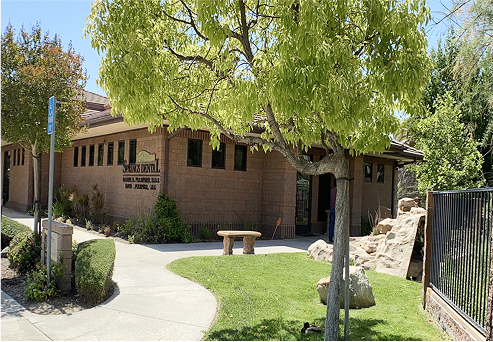





5-Star Murrieta Dental Services
We make it fun for children to visit their dentist in Murrieta.
Get relief from dental anxiety for comfortable dental procedures.
Straighten teeth with a wide-range of options from Invisalign to traditional braces.
Reshape your gum line with gum contouring to fix gummy smiles and small teeth.
Replace a missing tooth, several teeth, or an entire arch of teeth with All-on-4 dental implants.
Diagnotics and solutions for tooth and gum infections including root canals and gum disease treatment.
Visit Springs Dental



We are located in the Murrieta Springs Professional Park off Murrieta Hot Springs Road.
Hours
~ Daily lunch break 12 Noon–1pm



5-Star Google Reviews
Trustindex verifies that the original source of the review is Google. I can’t say enough great things about Springs Dental and Dr. Pulsipher! From the moment you walk in, you’re greeted with a warm, welcoming atmosphere and a team that truly cares. Dr. Pulsipher is not only incredibly skilled, but he also takes the time to explain everything and make you feel completely at ease. The entire team is professional, friendly, and genuinely dedicated to making your experience as comfortable and positive as possible. I would highly recommend anyone looking for a dentist to visit Springs Dental – you won’t be disappointed!Trustindex verifies that the original source of the review is Google. I've been a patient at Springs Dental for over 20 years. I’ve tried two other dental offices due to insurance issues, but I always come back, even when I have to pay out of pocket. Springs Dental operates with integrity, which is uncommon these days. They genuinely care about their patients rather than simply focusing on making money.Trustindex verifies that the original source of the review is Google. Great service as usual. Great staff and Dr Dan is the best!Trustindex verifies that the original source of the review is Google. Friendly staff & always with smiles to welcome their patient’s.Trustindex verifies that the original source of the review is Google. Great staff. Very thorough in all explanations of cost and procedures.Trustindex verifies that the original source of the review is Google. Great staff!!!!Trustindex verifies that the original source of the review is Google. Excellent dental care. Friendly and very competent.Trustindex verifies that the original source of the review is Google. Everyone at this dental facility treated me with so much care. I have had bad dental experiences in the past that left me terrified. I felt safe, comfortable and in capable, professional hands. This was the best dental experience I have ever had in 40 yrs! The technology in this office is like no other. They gave me a crown in a few hrs. Simply amazing! God bless Springs Dental!Trustindex verifies that the original source of the review is Google. Excellent experience!!!!
Insurance & Financing

We love your insurance and respect your budget and busy schedule. There are little to no out-of-pocket costs for most insured patients on cleanings, exams and x-rays.
0% financing is available on approved credit. While most insured families receive the majority of preventive services for FREE, we offer many different payment options, including CareCredit, so uninsured patients can still receive the dental care they need in a manner that fits their budget.
Blog Articles
A bright, confident smile is something many people dream about—and cosmetic dentistry can make that
Crooked teeth are one of the most common reasons people hesitate to smile. Even when
Dental implants have transformed modern dentistry by giving patients a permanent solution for missing teeth.
Dental emergencies can strike when you least expect them—during a meal, in the middle of
Restoring your smile with dentures can dramatically improve your quality of life, but one of
Dental emergencies can strike at any time, often without warning. Recognizing the signs that require
Frequently asked questions
What is a dental bridge, and how does it work?
Your dental bridge is a fixed restoration that replaces one or more missing teeth by anchoring an artificial tooth (called a pontic) to the natural teeth or implants on either side. It “bridges” the gap in your teeth and restores both function and appearance.
How long do dental bridges last?
Your dental bridges last 10–15 years or more. The longevity of your bridge depends on the strength of the supporting teeth and your oral habits.
What’s the difference between a bridge and a dental implant?
The difference between a bridge and a dental implant is that a bridge uses your neighboring teeth for support, while a dental implant replaces your missing tooth root and stands on its own. Implants typically last longer and don’t affect adjacent teeth, but bridges are often a faster and more affordable solution.
Does getting a dental bridge hurt?
No, your dental bridge process isn’t painful. We numb the area around your missing tooth during the preparation phase (shaping the supporting teeth), and most patients report only mild discomfort afterward, if any. Then, a temporary bridge protects your teeth while your final bridge is being made.
How do I take care of a dental bridge?
Take care of your dental bridge(s) by brushing and flossing daily, just like with natural teeth. The team at Springs Dental can also show you how to use a floss threader or special tools to clean underneath the bridge. And don’t forget regular dental checkups because these help keep your supporting teeth healthy.


